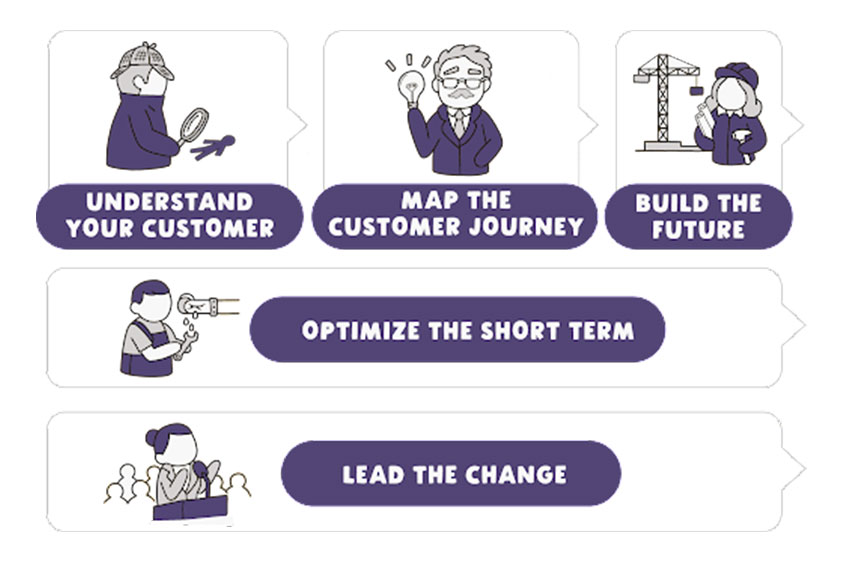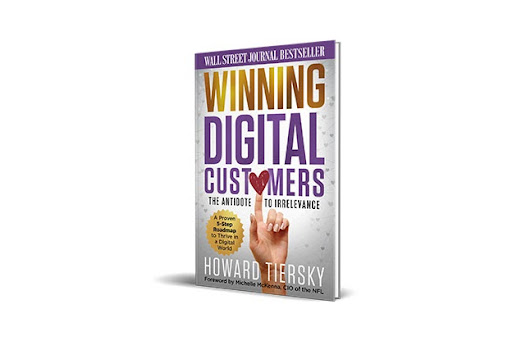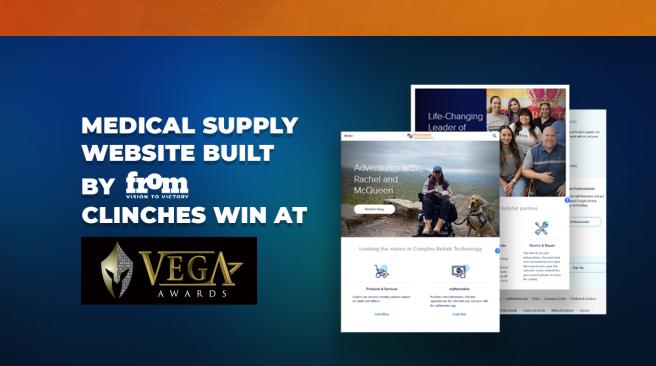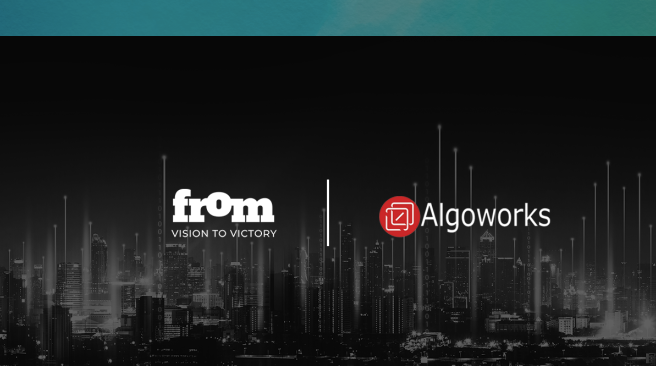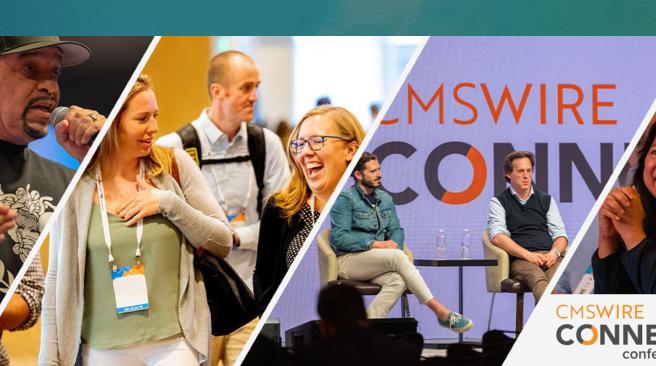Insights | By Howard Tiersky
Want Your Customers to Love You? Here’s the 5-Step Formula
The businesses that are most successful today are those that inspire excitement and even love from their customers. How do you do that? It’s by delivering a brand and experience that fully aligns with the expectations and desires of today’s customers.
The challenge? Many companies that have been successful for years face a world that is being changed rapidly by digital and are struggling to keep up. As a result, their resonance with their target customers is headed in the wrong direction and instead of earning more love each year, they are slipping down the curve.
So what can they do? Transform!
If you are one of those companies, you need to take what is core to your value proposition and adapt it, perhaps significantly, for a world filled with customers who have digital at the center of their lifestyle.
You can achieve the transformational change needed to win the love of today’s customers by following a five-step method, which is outlined in my Wall Street Journal bestselling book Winning Digital Customers: The Antidote to Irrelevance, but I’ll describe the basic process below.
STEP 1: UNDERSTAND YOUR CUSTOMER

Understanding your customer starts with customer research to reveal what it is they really want and need as well as how effectively or ineffectively you are delivering it today.
You want to know how it’s going for them. What is their actual experience like? How are they feeling about it?
And importantly, what kind of pain are they in?
The best way to create customer love is to meet unmet needs and find a way to offer them something that they're not getting today—something that relieves pain and makes their life better, even in a small way.
In the book, we dissect indirect research techniques for understanding the customer, such as data analysis, secondary research, competitive research, customer experts, and social listening, as well as direct research methods including Customer Interviews, Observational Research, Standardized Measures, and Surveys.

STEP 2: MAP THE CUSTOMER JOURNEY
Once you’re able to summarize and synthesize what’s most important and actionable about your customers, then you’re ready for customer journey mapping which consists of developing a vision for the future customer experience in the form of a customer journey map—a type of infographic that communicates the end-to-end customer experience you intend to create.
To do customer journey mapping, first take the information you got from the first stage and turn that into a current state customer journey map.
It’s critical that before you start trying to map out the future that you know what’s going on today with your customer experience.
The reality is in many companies, nobody really has a comprehensive perspective of what's going on with their customer experience.
Define the major steps customers go through in the course of their interactions with your brand and map out where customers’ needs are and are not being met today, based on the research from Step 1.
Only then can you draft a new vision of the experience that accurately illustrates how previous customer pain points will be transformed and new delight created.
STEP 3: BUILD THE FUTURE
By the time you finish mapping the journey, you’ll have an inspiring—but probably also intimidating—picture of what your experience should be.

If you stop there, all you have is a pretty picture and you haven't really accomplished any business value.
So, the next step is to build that future.
Take your journey map and turn it into reality by developing the products features, services or other experiences that the journey map describes.
This will involve many considerations—some technical, some organizational, some operational, some political.
In fact, you will probably need to involve every part of your company, from the finance department, to marketing to legal, and maybe some parts you didn’t even realize existed.
You may spend anywhere from a few months to a number of years building the future.
These first three steps are herein presented sequentially and should also be approached more or less in order, although in the “real world” there will probably be some overlap or back and forth.
The last two steps, however, occur in parallel with these first three.
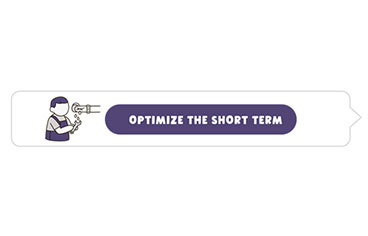
STEP 4: OPTIMIZE THE SHORT TERM
Building the future can take quite a while.
While you are working on it, you can generate more immediate value by focusing on “low-hanging fruit”—areas where you are “letting the customer down” that you can fix quickly.
Use techniques that allow you to continuously scour your customer experience so that every week or every month, you're figuring out where the tiny points of pain are that can be easily fixed.
While you are working on some sizable change that you need to undertake, you can find those easy-to-fix things and just keep fixing them.
Frankly, even once your transformation is “complete” (if that is even possible), optimization is a process that should continue indefinitely.
No matter how great your customer experience is, there is always an opportunity to improve.
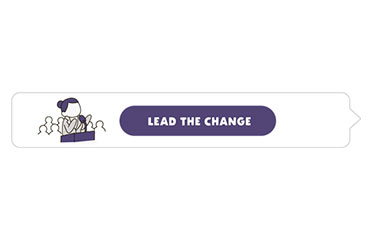
STEP 5: LEAD THE CHANGE
Of course, leadership doesn’t start at the end—it’s something that needs to be present from the very beginning.
We only talk about leadership last because we feel like it's better to lay out everything we have to get done and then show that the most important part of all of this is how you lead it.
In fact, it’s probably not only the first step chronologically but also the most important.
You will face many challenges and organizational resistance to the change that you’re trying to put in place, and it is through strong leadership that you’ll be able to overcome them all.
I go through these five areas in great detail in my book, Winning Digital Customers, and more importantly really describe how to accomplish all of these steps through detailed strategies, step-by-step methodologies and case study examples.
